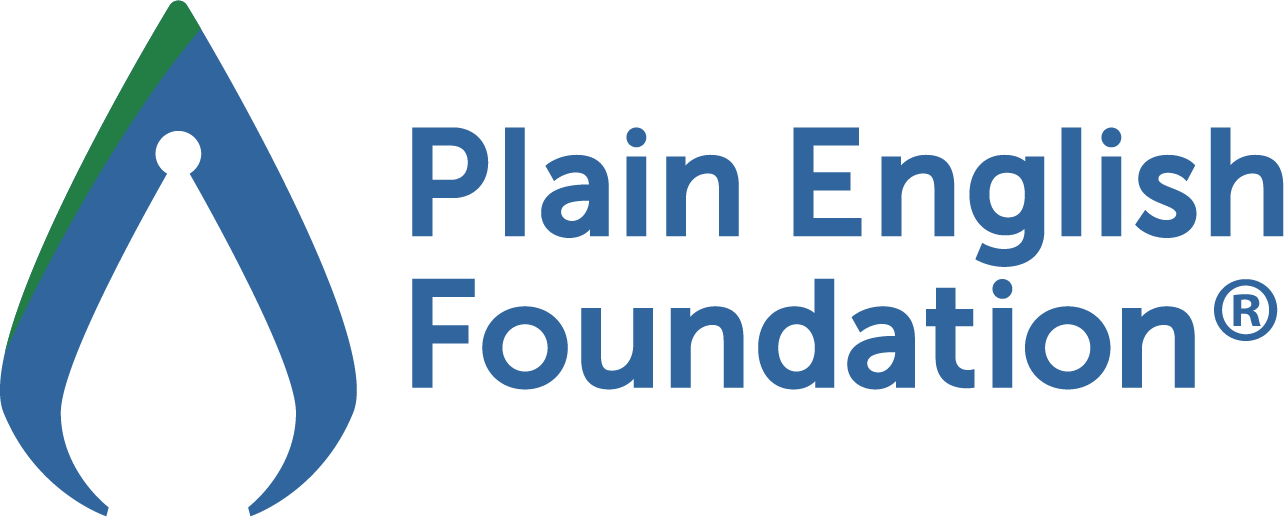Writing for readers, writing to inform
Are you tired of people not following your policy or procedure? Or perhaps your clients email you with too many follow-up questions to a simple instruction. Writing informative content that engages your reader is challenging. But writing to inform can be straightforward. Whether you’re writing emails, reports, fact sheets or newsletters, this article will help you:
- use a structure that engages your readers
- express yourself clearly and concisely
- find a workshop that updates your writing practice.

What structure to use
So how do you meet the challenge of keeping your readers engaged when writing to inform?
Start by identifying the goal of your document. This determines what your main message will be. For example, you might need clients to follow 5 steps to turn on their security system or visit a website to lodge a scholarship application.
Once you’ve identified your main message, lead with it. Put this information, the information the reader most needs to know, first. Then you can follow up with any explanatory details the reader needs to know to act on your main message. For example, the eligibility criteria for the scholarship.
Finally, you might want to include some supporting information. This should go last and always consider whether this information is truly needed for the reader to understand and act on your main message. Using our earlier example, this supporting information might include:
- the scholarship’s background or sponsor
- other scholarships available to students.
One way to ensure your readers stay engaged is to choose the right structure for your document. Emails, reports and websites all use different structures to engage readers. Our suite of plain language writing workshops covers the 6 different structures you can use to engage your readers.
How to express yourself clearly
Once you’ve got the structure just right, it’s time to look at how you express yourself. One powerful plain language principle that we use is short and simple words, sentences and paragraphs.
Starting with paragraphs, we recommend keeping them to between 3 and 5 lines. Any longer than this and your reader will disengage, put off by large chunks of text on the page.
As for sentences, you can vary their length. But try to keep them between 15 to 20 words on average and no longer than 35 words. With long sentences, you run the risk of losing your reader halfway through. You can achieve shorter sentences by:
- keeping each sentence to one idea
- choosing the most direct verb (‘audit’ instead of ‘conduct an audit’)
- preferring the active voice.
Turn writing at work into writing that works with our ISO-aligned plain language system.
How about this instead?
‘I’m writing to you about our scholarships. We’ve evaluated your academic performance, and you may be eligible for a scholarship next year. To apply for a scholarship, please visit our website and click on the scholarship portal.’
Where to learn informational writing
Writing to inform is an art form that takes practice. We can help you get it right every time with our communications workshops.
You can attend an online or face-to-face workshop anywhere in Australia. Or take advantage of our state-of-the-art training facilities in capital cities from Perth to Brisbane. You’re in safe hands – we’ve trained over 40,000 people, and 90% of them have rated our courses as ‘excellent’ and ‘very good’.
We have workshops to suit your schedule and needs, and all our workshops align with Plain language – Part 1: Governing principles and guidelines (ISO 24495-1). To find the best course for you, contact our friendly team today.
We also have a free Australian Style Guide. This writing resource is the definitive guide for style questions, with advice for:
- communication specialists
- professionals writing at work
- students and academics.






